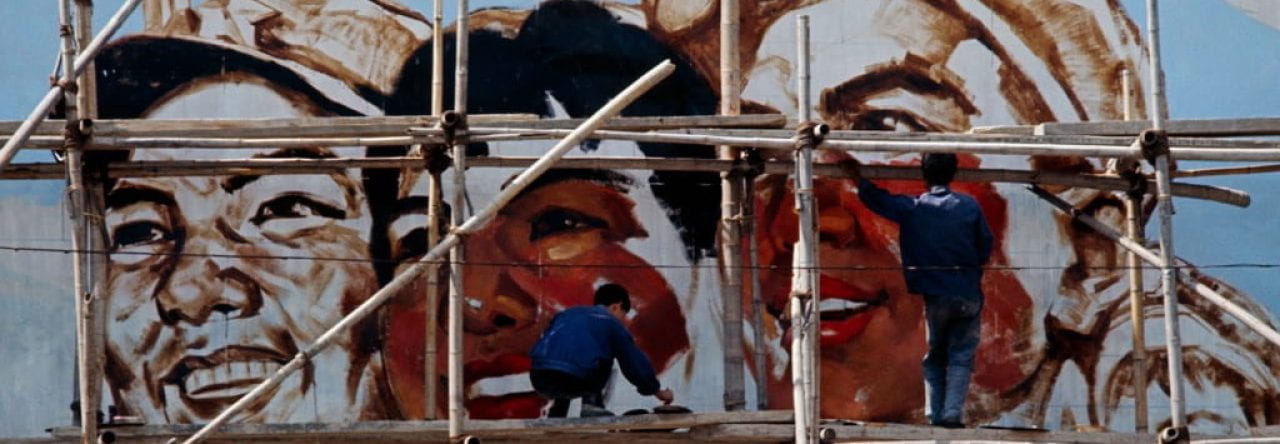
Zhang Daqian, a Sichuan native born in 1899, was encouraged to pursue painting by his family. He first visited Kyoto, Japan, when he was young to study Japanese weaving and dying. He then went to Shanghai to study with renowned calligraphers and painters and started to imitate the traditionalist masters Tang Yin, Chen Hongshou, and Shitao. Finally, he went to Beijing, where he was involved in cultural circles. An outgoing individual, Zhang surrounded himself with a sizable group of relatives, friends, students, and admirers. Zhang disguised himself as a classic literatus-artist by donning long robes for scholars and a flowing beard. The artist lived in Argentina, Brazil, the US, and lastly, Taiwan, where he resided in 1978 and passed away in 1983, after the Communist takeover.
One of the most well-known and prolific Chinese artists of the 20th century, Zhang Daqian is admired for both his intricate portraits and his splashed-ink landscapes. Initially a purist who mastered a wide variety of classical Chinese styles and techniques, he later invented novel techniques like pouring ink and color over paper or silk to create random, evocative patterns to which he added minute figurative features like a figure or a tree. Zhang, one of the great modernists of the last century, developed extremely inventive works by fusing traditional Chinese brushwork with semi-abstract compositions connected to American Abstract Expressionism.
Born in 1899 in Sichuan, Zhang Daqian was encouraged by his family to pursue painting. Starting with a youthful trip to Kyoto, Japan, to learn Japanese weaving and dying, he later traveled to Shanghai, where he studied with famous calligraphers and painters and began to emulate the traditionalist masters Tang Yin, Chen Hongshou and Shitao; then Beijing, where he was active in cultural circles. A gregarious man, Zhang surrounded himself with a large entourage of family, students, friends and admirers; he presented himself as a traditional literatus-artist, adopting long scholar’s robes and a flowing beard. Following the Communist takeover, the artist lived in Argentina, Brazil, the US and, finally, Taiwan, where he settled in 1978 and died in 1983.
Zhang was a longtime collector and left to the National Palace Museum in Taipei his extensive collection of Chinese artworks from the Tang through the Qing periods. His own work can be found, among other places, in the Metropolitan Museum of Art in New York, the Museum of Fine Arts in Boston, and the National Palace Museum in Taipei City.
- “Zhang Daqian 張大千 1899–1983 Painter, Collector, and Forger,” February 29, 2016. https://asia.si.edu/wp-content/uploads/2020/08/Zhang-Daqian.pdf.
- “Zhang Daqian | Art for Sale, Results & Biography | Sotheby’s.” Sotheby’s. https://www.sothebys.com/en/artists/zhang-daqian.


Leave a Reply
You must be logged in to post a comment.